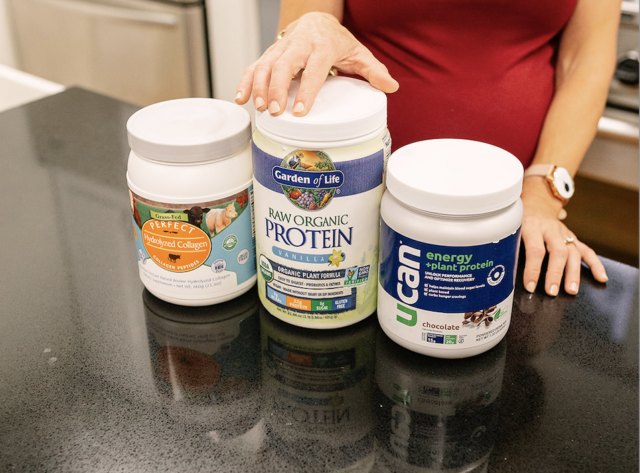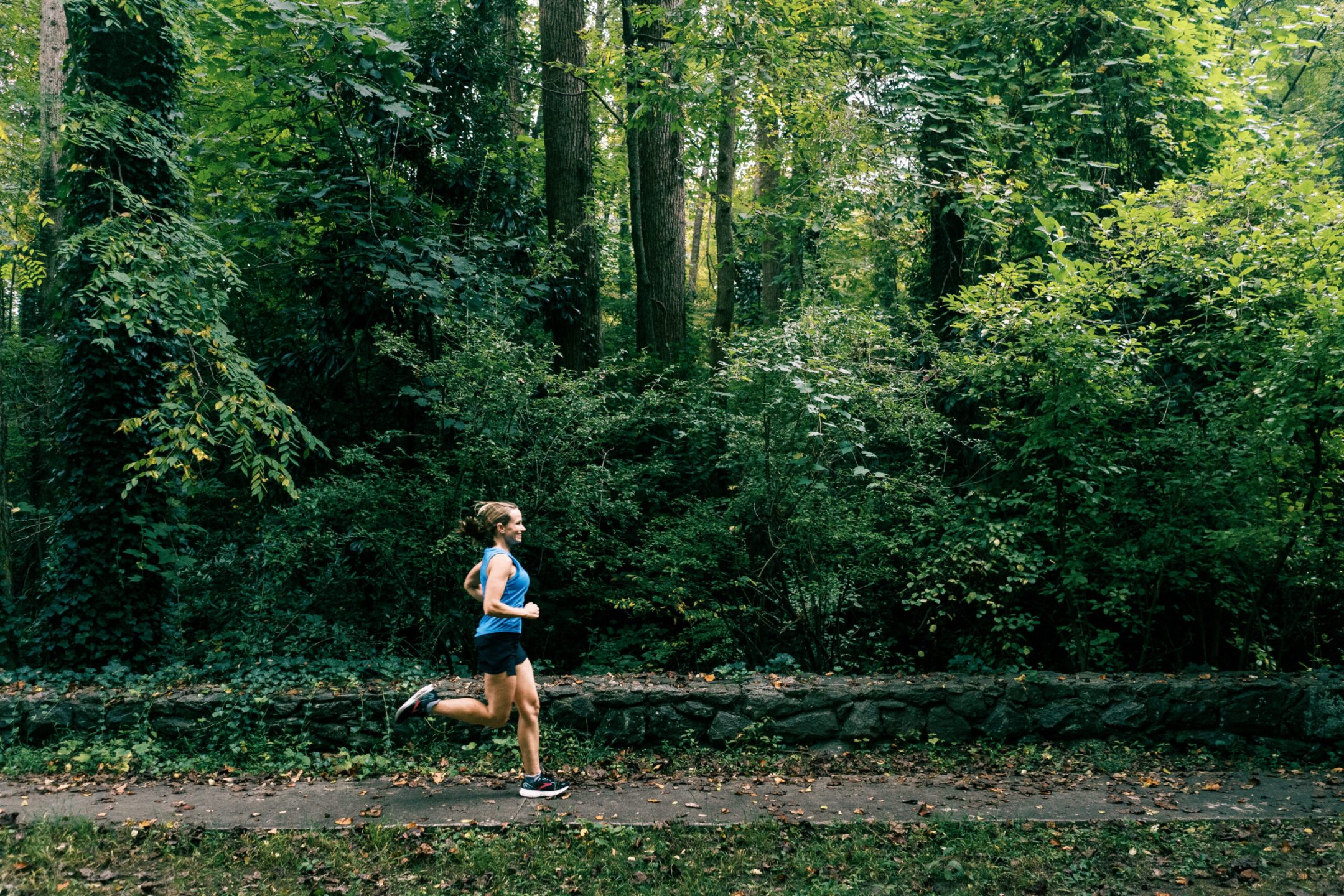


Running is one of the most effective forms of cardio, and by far the most fun in my opinion. I love that you can easily learn to master running with the right knowledge and consistency. And I also love that you don’t need any fancy equipment to run. Just a nice pair of running shoes and some sweat wicking clothes, and you’re good to go! However, even though running seems simple enough, it’s a high-impact activity that can put pressure on your knees and ankles. Did you know that you could put stress on your ankle joints about 1700 times PER run? That knowledge alone should help you realize how much we need to care for our legs, ankles, and feet as runners.
It’s not uncommon for runners to develop ankle pain after running, and it’s one of the main reasons that runners can’t become consistent, since once you’re injured, you have to rest (or you should at least!!). Ankle pain can be very persistent and if left untreated, it can lead to injuries that could sideline you for longer than you may expect. And then you have to figure out how to safely return to running!
Trust me, I know all about ankle injuries. I had pesky ankle pain that I ignored for far too long, which landed me in a walking boot and benched me from running for over six months. I had a stress reaction and tore my post tibial tendon. But I don’t recommend either. 😉 I was SO frustrated that I didn’t pay attention to the pain before it became a real issue that was harder to address. And now, my philosophy is that I want to run long-term, not just today, so I’ll take a day off when needed.
It’s important to identify the specific cause of ankle pain and address it immediately so you can get back on the road. In today’s post, I’m sharing the common causes and solutions to ankle pain after running. Let’s dive in.


One common cause for ankle pain after a run is a sprain. This means a there’s a stretched or torn ligament in your ankle. This can happen from running on uneven surfaces (think trail running or hitting a hole in the pavement), and even if you think you’re totally fine and keep on running, you may have caused little micro tears that build up to create a bigger issue later. Sprains are typically caused by a single traumatic moment, not through overuse, like lots of other ankle injuries.
This is EXACTLY how my ankle injury started. I rolled my ankle while trail running, but continued to run another 8 miles that day since it didn’t seem too bad and kept increasing my training intensity for a few more months, ignoring the escalating pain. I first develop a stress reaction and then I eventually tore a tendon.
Another common ankle injury is a strain. This is different than a sprain because a sprain involves the bands of tissue that connect two bones together and a strain deals with a muscle or the band of tissue that attaches a muscle to a bone. Another difference is that a sprain deals with a specific traumatic moment, whereas strains are usually the result of overuse.
Stress Fracture
Stress fractures are a huge problem for runners because they can happen over time without you realizing it. In addition, stress fractures form when your muscles can’t handle the repetitive impact of running, and little tiny cracks form in your ankle bones, known as stress reactions. If they get large enough, you end up with a stress fracture. And if you leave a stress fracture untreated you’ll likely end up in a boot or on crutches while the bone heals.
Tendonitis is an overuse injury that happens when a tendon in your ankle becomes irritated and inflamed. There are a few different places to note when it comes to tendinitis in the ankle:
Tibialis anterior tendonitis
This is the tendon that runs down the front of your shin and front of your ankle. If you feel pain in the front of your ankle when you flex or point your foot, you’re probably dealing with this tendon. You might also notice that you’re dealing with shin splints, and that’s because these are the same tendon.
Achilles tendonitis
You’ve probably head of the Achilles tendon before. It’s the tendon that you can see, on the back of your foot, running from your calf muscle to your heel. If you’re dealing with heel pain up the back of your foot, talk to your doctor about achilles tendinopathy. (Heel pain when you step can also be plantar fasciitis.)
Posterior tibial tendonitis
The posterior tibial tendon runs from the back of your shin to the inside of your foot, near your arch. If you feel pain near your arch on the inside of your foot, you’re likely dealing with the posterior tibial tendon. (This is the tendon I tore. It’s not a common injury, but runners are more likely to tear it than other athletes.)
Peroneal tendonitis
The peroneal tendon is on the outside of your ankle. It’s connected to your fibula and to the knob on the outside of your ankle.

A very important recovery tool is Rest, Ice, Compression, Elevation, (RICE).
First, learn to distinguish between pain and discomfort. When you know you’re dealing with ankle pain, the best thing you can do is rest. Since many ankle injuries are due to overuse, the best way to heal them is to let your body do its thing without adding more stress to it. Take a few days off, and then test your ankle with low impact cross-training. If that feels okay, try a VERY short run (a mile or less). If the pain persists, you need more time off, and likely some professional help.
Rest is also one of the most important ways to prevent injury. Making sure to take true rest days while you’re training will help your body recover properly for your next training session. And don’t forget that recovery runs are equally important so slow down! (Here’s how slow you should run on your recovery days.)
The best at-home remedy for ankle pain is ice. If you have the ability to put your feet in an ice bath, that’s going to be your best option. However, ice packs are also great. I keep a bag of frozen peas in the freezer for this purpose since it conforms well to joints! For the first 48 hours of pain and swelling, apply ice for 15-20 minutes at a time, a few times per day.
Icing is also a great normal post-run practice for sore ankles.
Adding compression helps reduce swelling and acts as support for ankle instability. You can use an elastic bandage or use a compression sleeve designed for ankles.
The last important part of RICE is elevation. Add a few pillows under your injured ankle while you watch TV, or prop your foot up while you’re working. Reducing inflammation is key to recovery.
Taking an over the counter pain medication is another home remedy for pain. You’ll want to use something with anti inflammatory properties to help with swelling and pain management. (If you’re taking any prescriptions, check with your doctor or pharmacist before taking advil or ibuprofen.)
I started using a CBD Relief Balm this past year on my ankle to help with post run ankle pain. I LOVE this stuff, and I use it more than Advil. Read more about my experience with Equilibria CBD in this post.
As a reminder, most people on the internet are NOT doctors (including me!). So while you can read lots of posts and articles on how to deal with pain (we all do it!), nothing replaces seeing a trained medical professional to get checked out. If you’re dealing with any of the below, make an appointment with your ankle and foot doctor.
Remember, the goal is to run consistently for years to come, not just to run hard today. Seeing a foot and ankle specialist or someone who specializes in sports medicine is a great way to help ensure the longevity of your running career. If you’re local to Winston-Salem, North Carolina area, I highly recommend Dr. Zach Sandbulte.
Physical therapy will help rehab your ankle, and you’ll also work on strengthening the rest of your body so that you’re less likely to hurt the same ankle again. Oftentimes, you’re more likely to re-injure your ankle if it’s been injured in the past, so working on strengthening the surrounding muscles is key.
Getting proper care from a professional may feel like a pain at the moment, but it’ll get you on the road faster (and more consistently) in the long run. The key is to be consistent. Do the exercises they tell you to do, and keep showing up to your appointments. While I DO believe that you know your body best, it’s very important to heed your PT’s warnings and wait until you’re cleared to resume your running.
Here’s to happy, healthy running!
Shop the Post


Leave a Comment